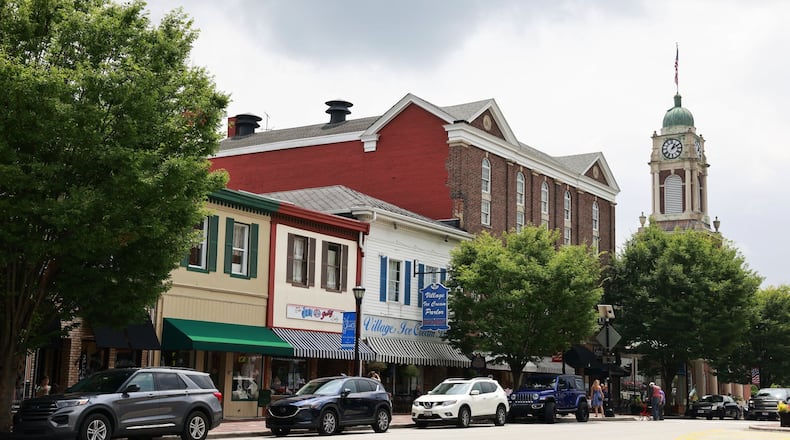The ordinance was approved by a 4-2 vote with Councilmen Breighton Smith and Matthew Sellers casting the “no” votes. Councilman Michael Cope was absent from Tuesday’s meeting.
City Manager Scott Brunka said the ordinance would affect about a dozen properties in Lebanon that have been deemed unsafe and have building maintenance code violations. He said those property owners would be notified by the city.
Structures that are left vacant can breed crime, pose public safety risks, and reduce property values and the economic viability of the community, according to a recent report from city planner Greg Orosz.
The new ordinance lists definitions, determines vacant building owners’ responsibilities, and provides incentives for the rehabilitation and productive use of vacant buildings.
“Shifting the cost or burden of the existence of vacant structures from the general citizenry to the owners of the buildings is an intended result of this chapter,” Orosz said.
Vice Mayor Scott Norris said the ordinance had been discussed for several council sessions, adding that this is “a safety measure.”
Certain vacant buildings would have to be registered with the city and would have a registration fee that escalates the longer the building remains vacant.
There will be multiple exemptions: for buildings that are for sale and listed with a licensed state of Ohio Realtor; for buildings under active construction, reconstruction or renovation and having a valid building permit; and for buildings that have suffered fire damage or damage from extreme weather conditions.
Annually increased fee amounts (doubling each year) are intended to increase pressure on the vacant building owner, and absorb costs for possible demolition, hazard abatement or repairs to vacant structures.
If an owner successfully restores the building to occupancy or demolishes the structure within the first 12 months, then the fee will be refunded, less an administrative fee of 5%.
The new ordinance also has an appeals process.
About the Author

